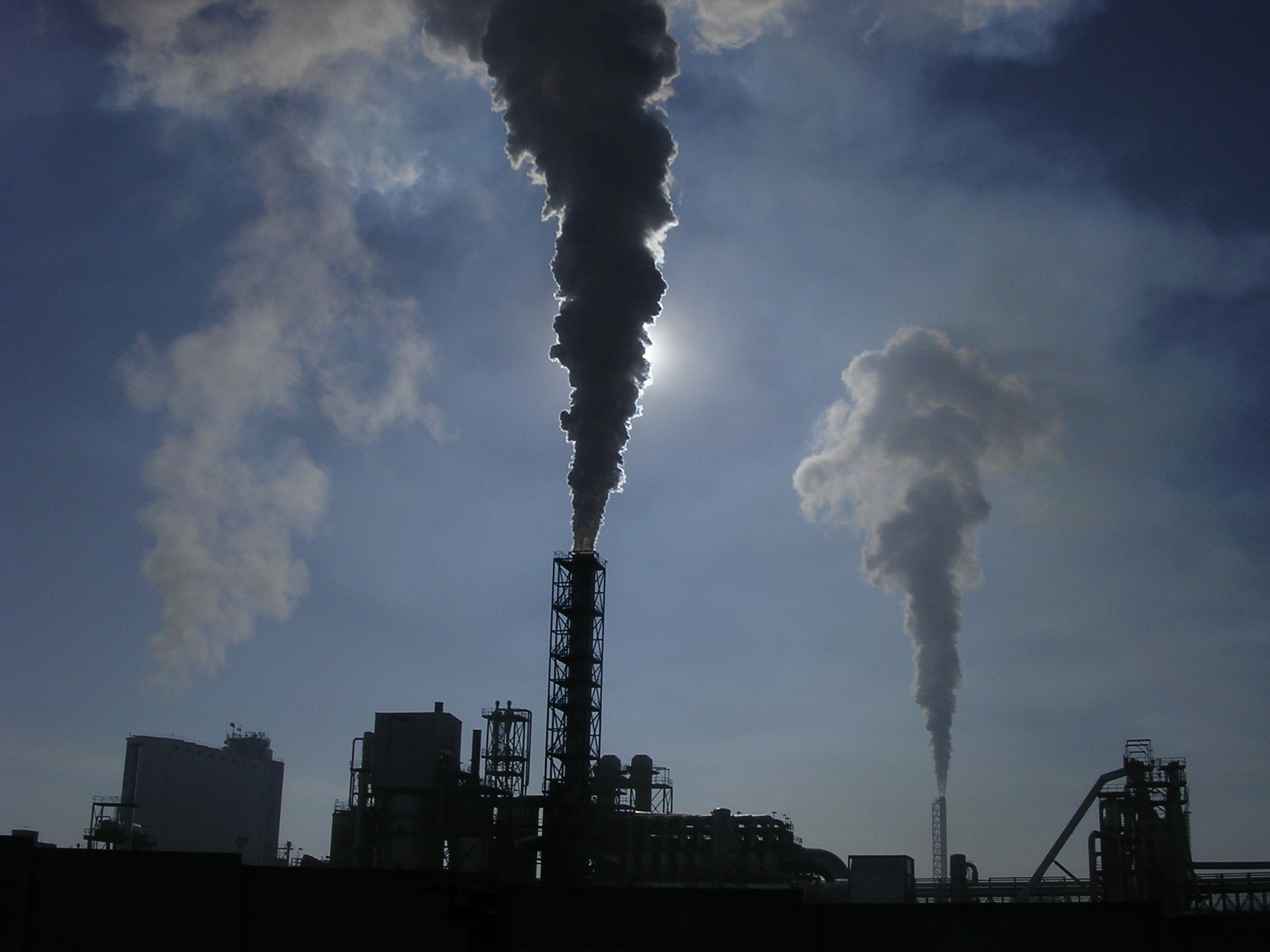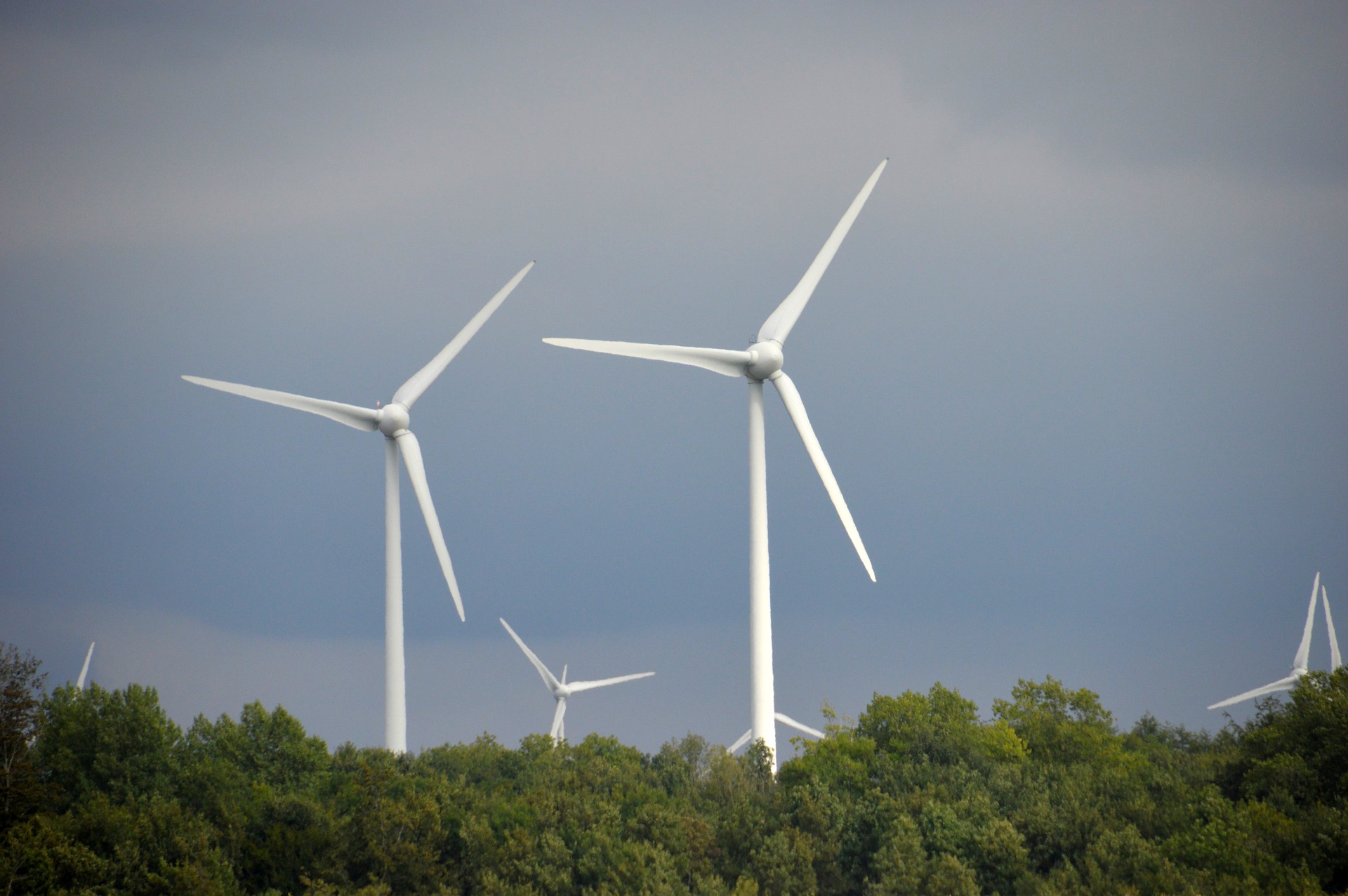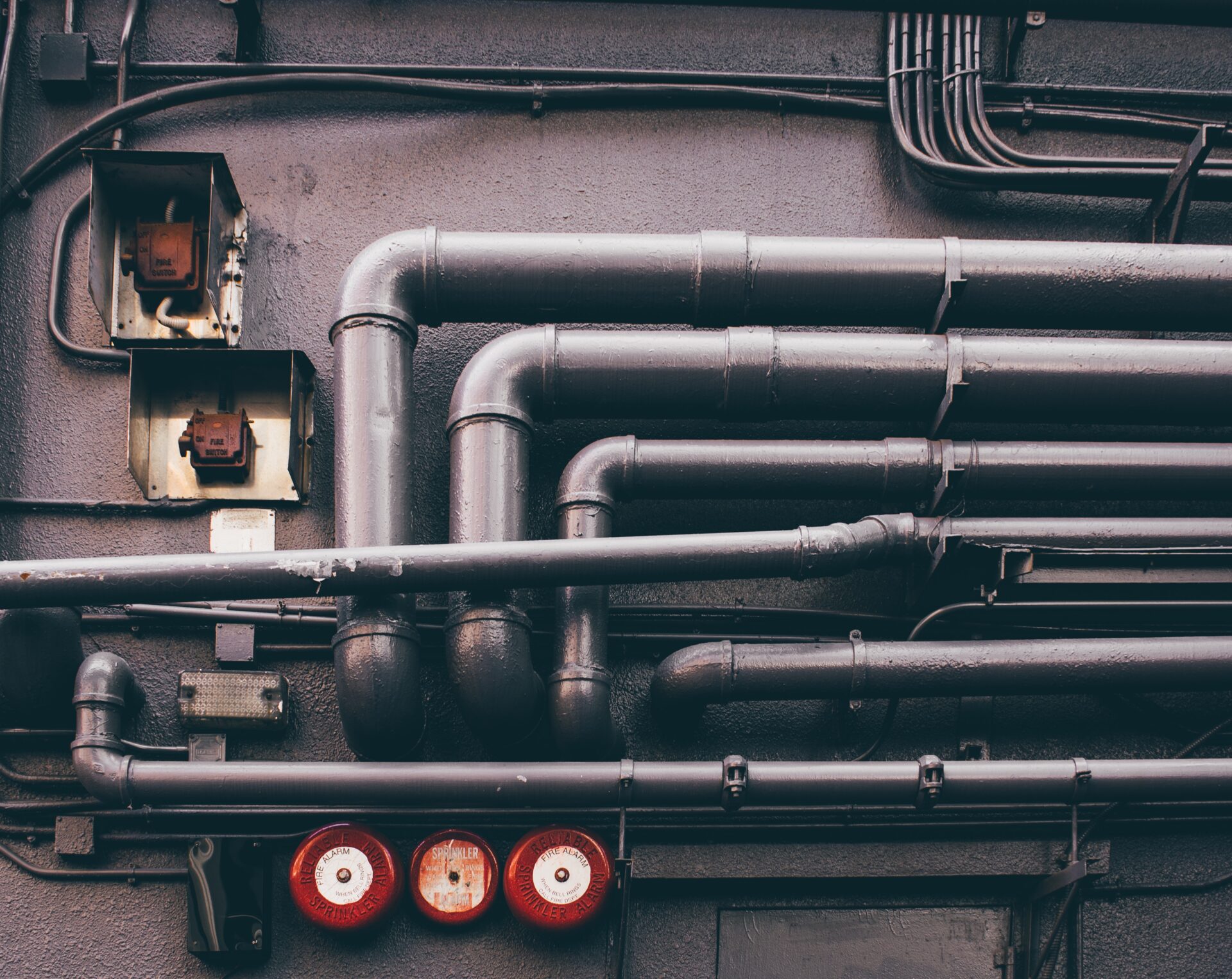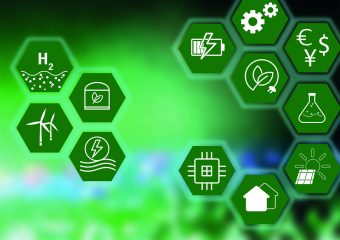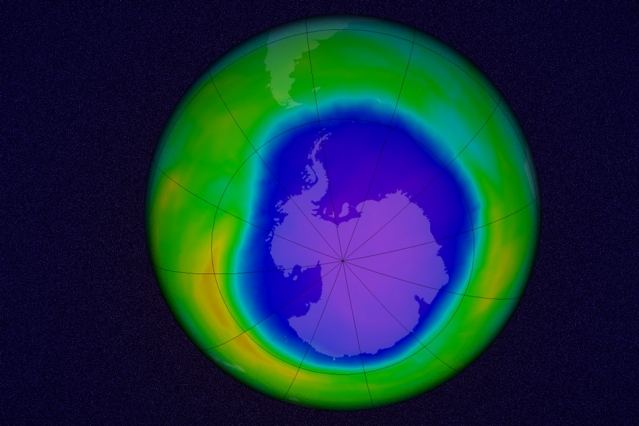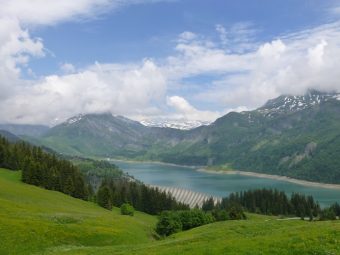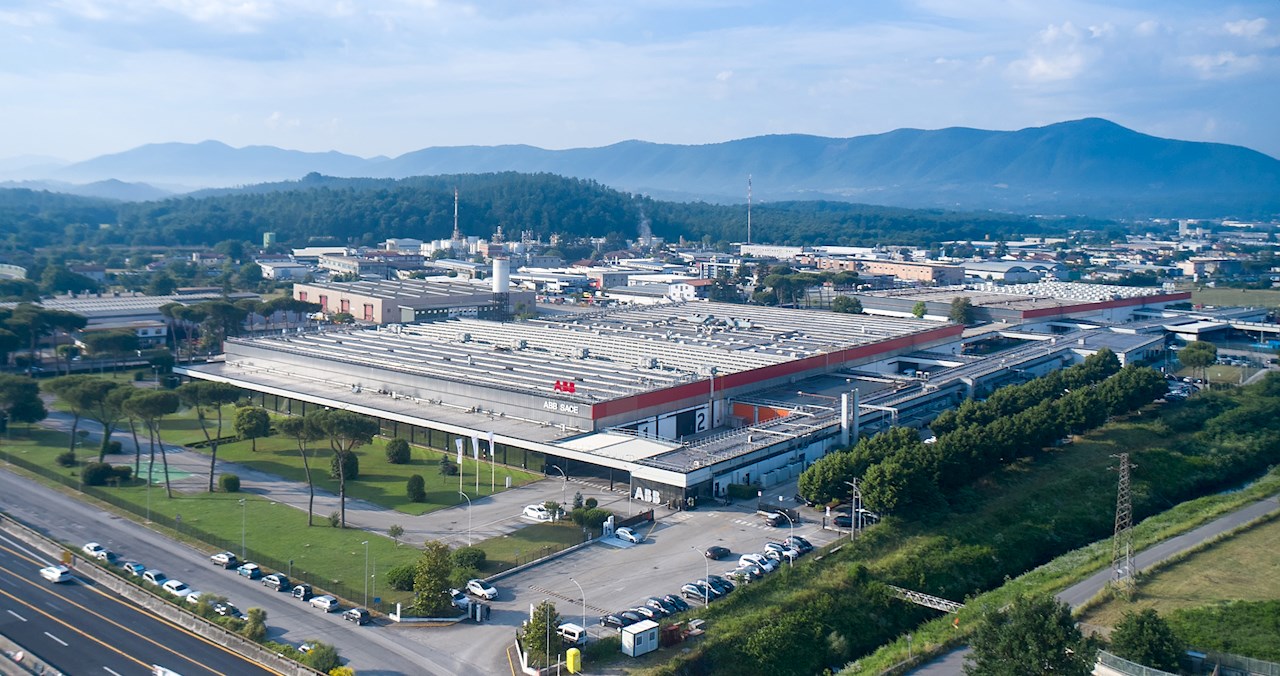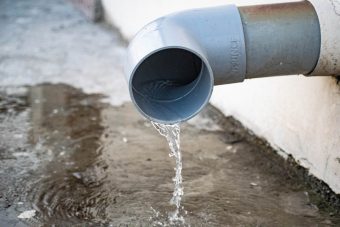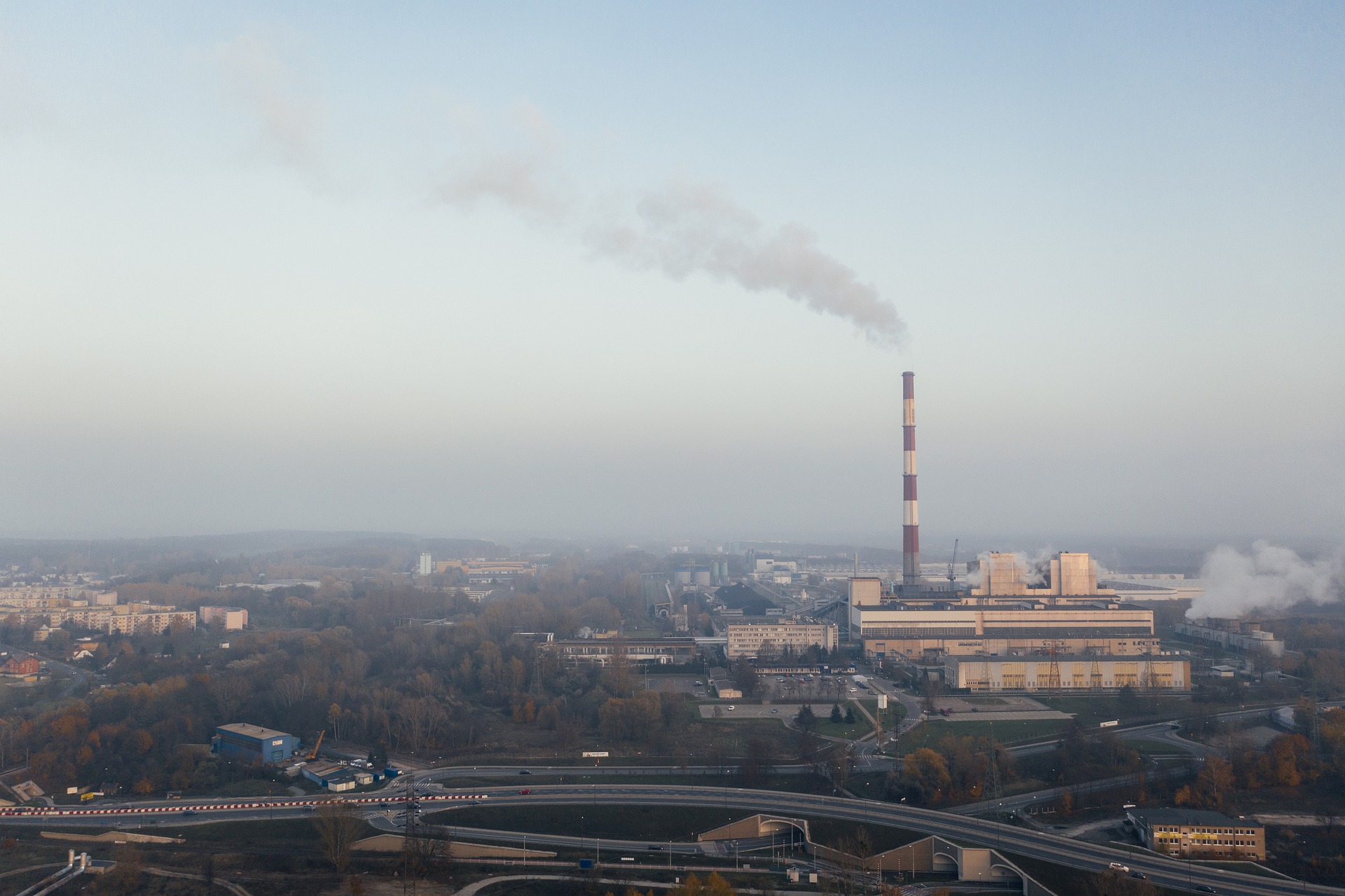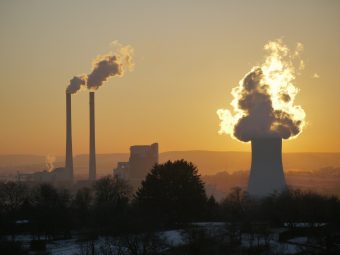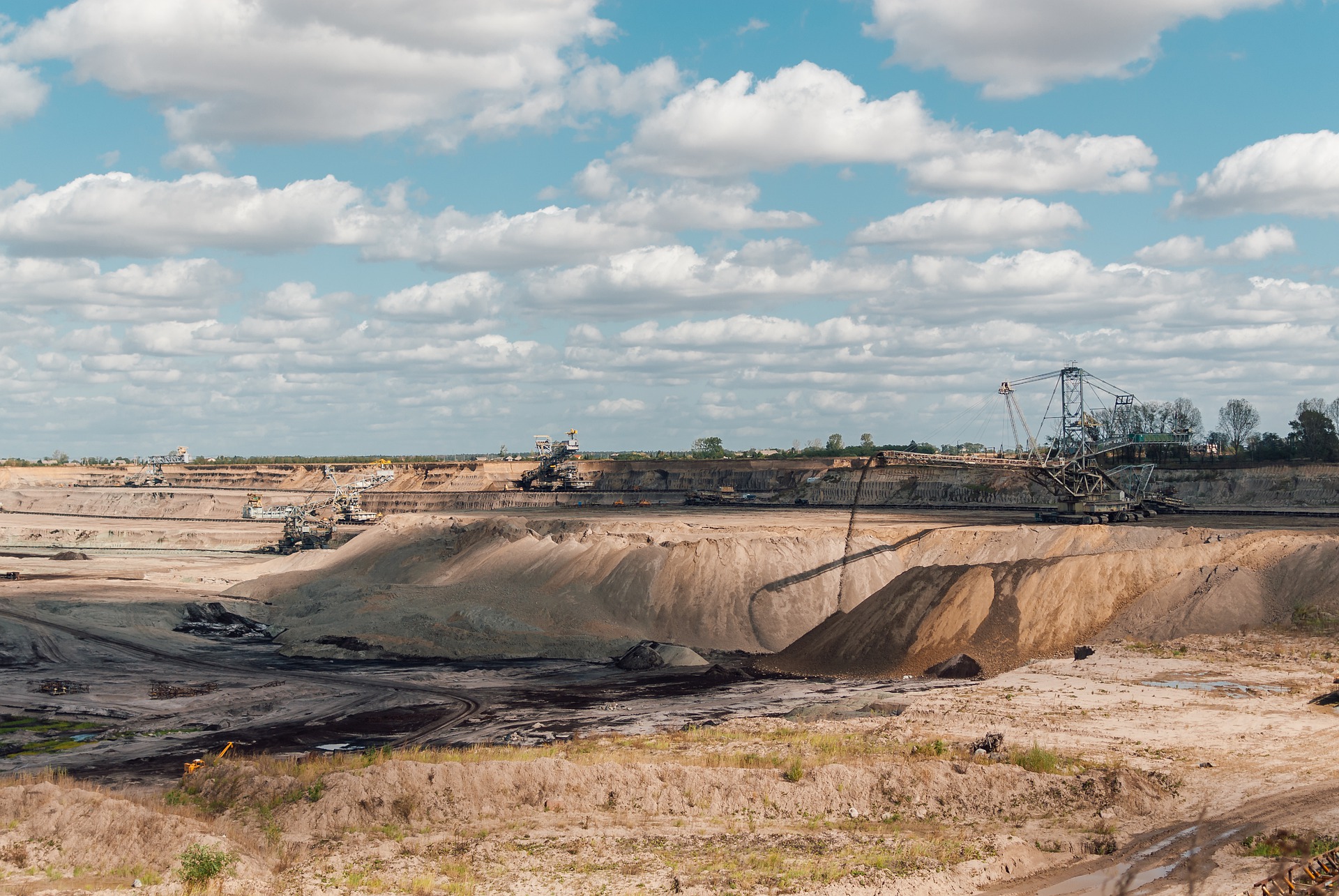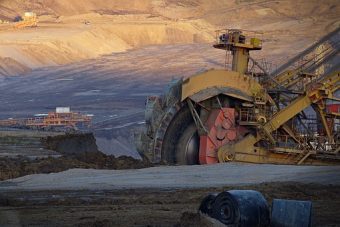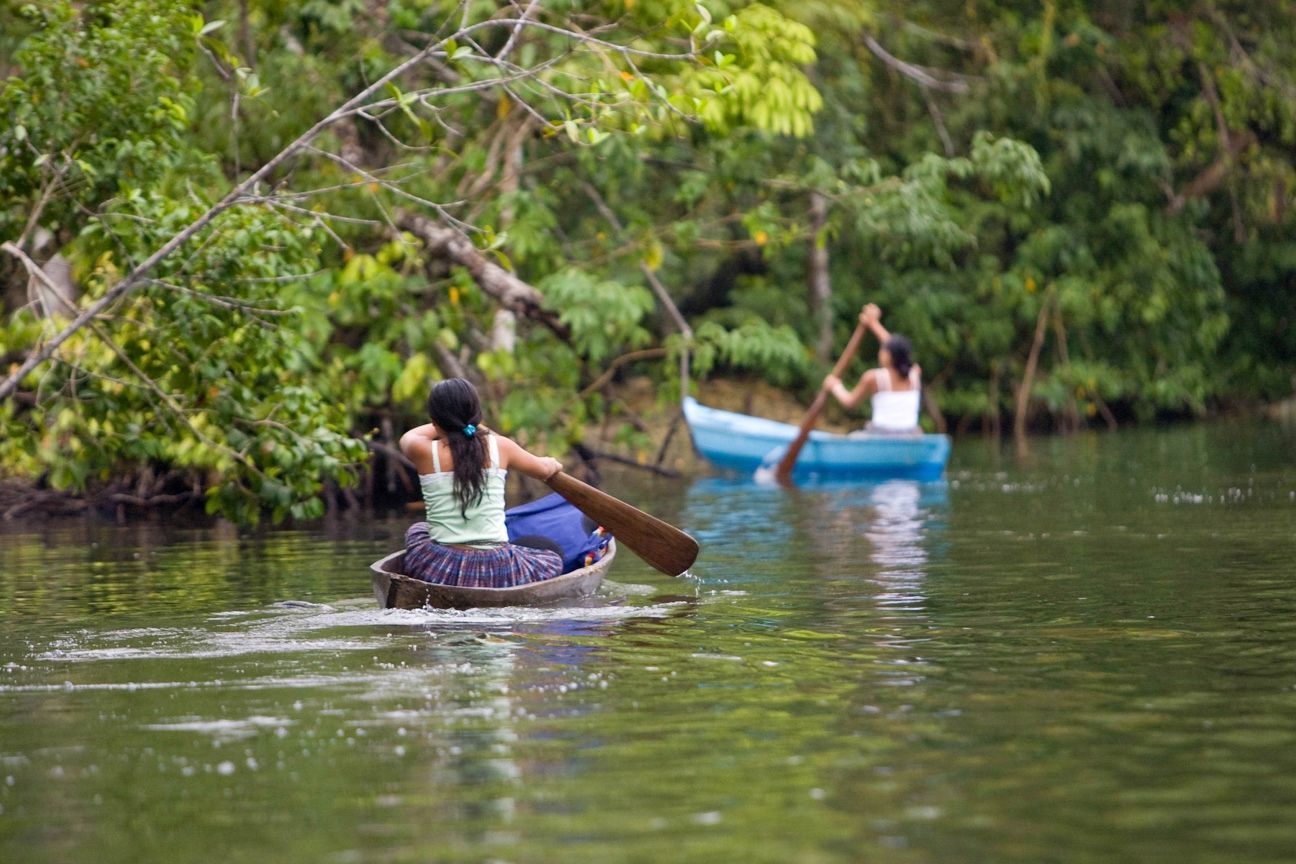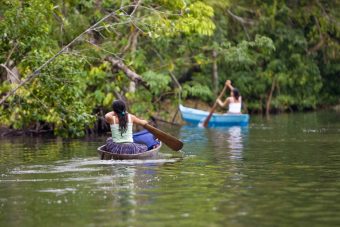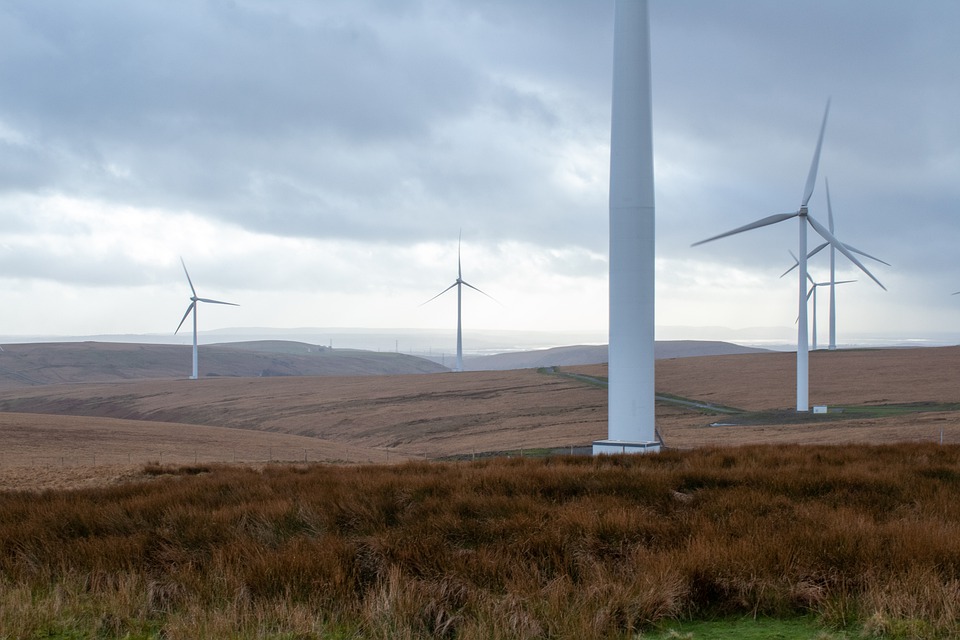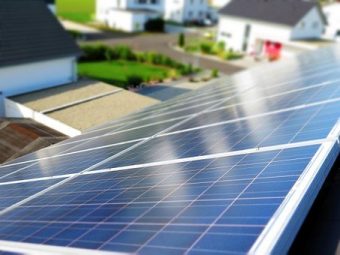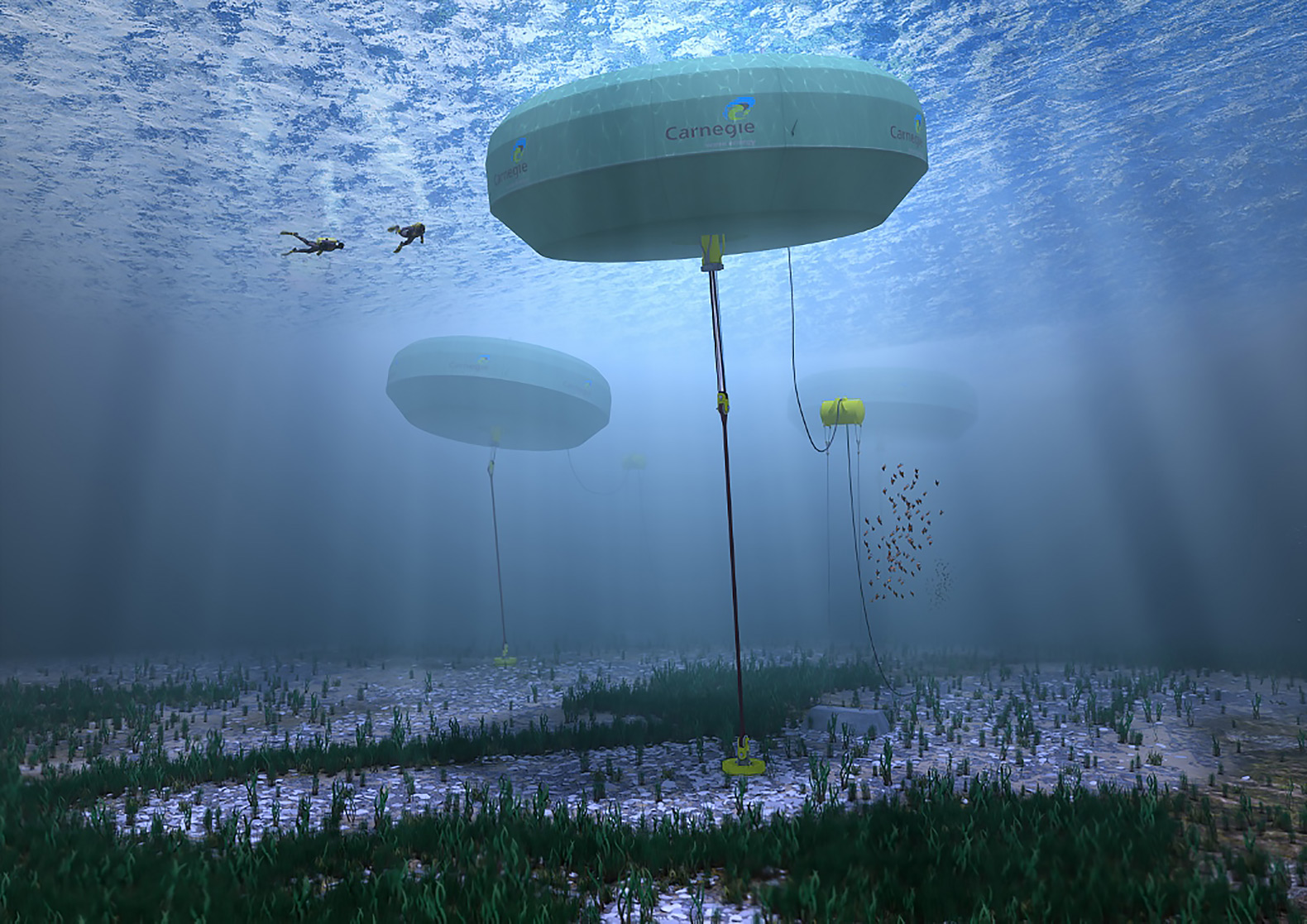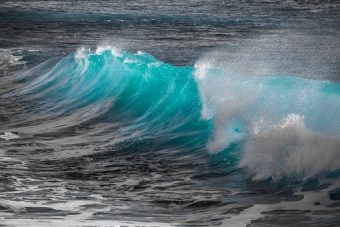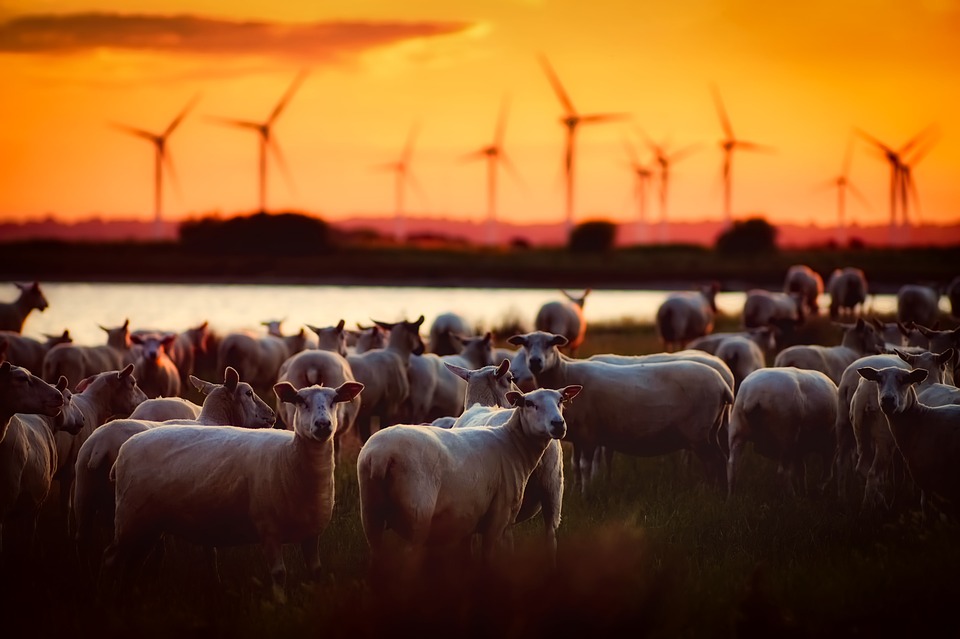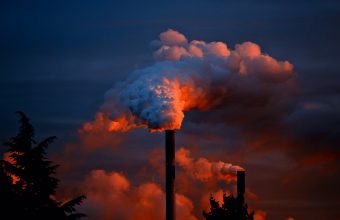
A new joint agreement by the European Union and the United States to cut global methane emissions by 30 percent by 2030 could mark a crucial step in tackling climate change and getting the world closer to the goals of the Paris Agreement to keep global temperature rise to below 2°C.
The announcement on Friday, which ushered in the start of what is hoped to be a ‘the Global Methane Pledge,’ will see the agreement formally launched at the United Nations Climate Change Conference of the Parties COP26, to be held in Glasgow from 31 October and 12 November.
Methane is a potent greenhouse gas tens of times more powerful than carbon dioxide in warming the atmosphere. It is a short-lived climate pollutant with an atmospheric lifetime of roughly a decade. Intergovernmental Panel on Climate Change (IPCC) research shows that methane is responsible for at least a quarter of today’s global warming and reducing human-caused methane, which accounts for more than half of all methane emissions, is one of the most effective ways of combatting climate change.
The recent Global Methane Assessment launched by the Climate and Clean Air Coalition (CCAC) and the United Nations Environment Programme (UNEP) found that cutting human-caused methane by 45 percent this decade would keep warming beneath the threshold agreed by world leaders. This alone would avoid nearly 0.3°C of global warming by the 2040s. Each year it would prevent 255,000 premature deaths, 775,000 asthma-related hospital visits, 73 billion hours of lost labour from extreme heat, and 26 million tonnes of crop losses globally.
More:
Methane from human activity falls into three main sectors: agriculture (40 percent), fossil fuels (35 percent) and waste (20 percent). Livestock farming is a key cause of methane in the agriculture sector. In the fossil fuel sector, oil and gas extraction, processing and distribution accounts for 23 percent, and coal mining accounts for 12 percent of emissions. With pre-existing technology, a 75 percent reduction in methane from the oil and gas sector is possible, 50 percent of this could be done at no net cost.
“Cutting methane emissions is the best way to slow climate change over the next 25 years,” said Inger Andersen, Executive Director of UNEP.
“The Global Methane Pledge has great potential to increase ambition and improve cooperation by countries. UNEP will support efforts to turn commitments into actual emissions reductions through the International Methane Emissions Observatory (IMEO) and the Climate and Clean Air Coalition.”
UNEP is increasingly working to highlight and combat methane emissions in the oil and gas sector, including through IMEO, a data-driven, action-focused initiative to address methane. It does this by collecting, integrating and reconciling data from all sources to provide transparency, science, reports and recommendations on how governments can use this data to develop and implement policies to curb methane emissions from fossil fuels.
UNEP’s work in reducing methane emissions is part of its wider efforts to address the triple planetary crises of climate change, pollution and biodiversity loss.
To help advance these goals, UNEP has developed a Six-Sector Solution to cutting emissions. The solution provides a roadmap for reducing emissions across sectors to meet the annual 29-32 gigaton reduction needed to limit temperature rise. The six sectors identified are agriculture and food; forests and land use; buildings and cities; transport; energy, and cities.
Source: UNEP

